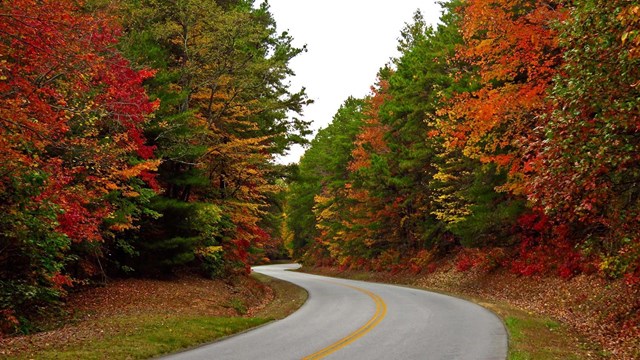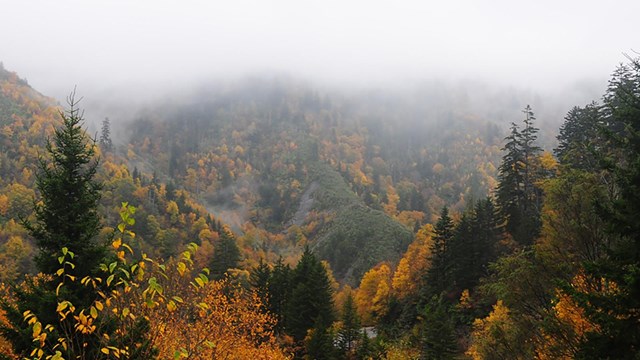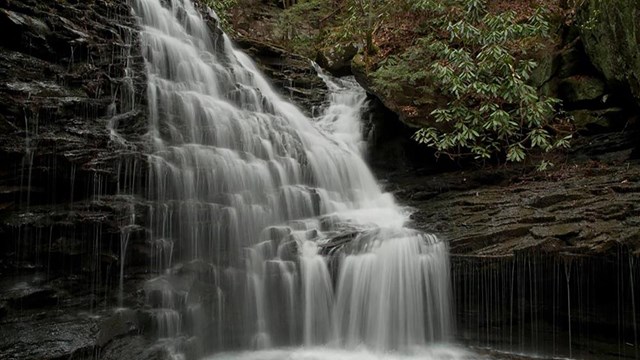Appalachian Highlands Science Learning Center
The purpose of the Appalachian Highlands Science Learning Center (AHSLC) is to encourage and increase the volume of scientific research in the National Park Service (NPS) and make it accessible to the public to raise awareness and protection of national parks for generations to come.
The AHSLC accomplishes its goals by performing unique research in designated network parks. For example, Blue Ridge Parkway partnered with Appalachian State University and community scientists to identify and inventory flower flies to understand their distribution and hot spots. Big South Fork Recreation Area and Obed Wild and Scenic River is making a concerted effort to protect their freshwater mussel habitat from several upstream threats like agricultural activity and urban development. They are also protecting their river scour prairies that flourish with heavy flooding by monitoring flood cycles and water quality.
Great Smoky Mountains National Park is working with its park partner Discover Life in America to conduct the All-Taxa Biodiversity Inventory to catalog an estimated 60,000 to 80,000 species living in the park, helping the park lead the way in understanding and protecting its complex and valuable ecosystem.




